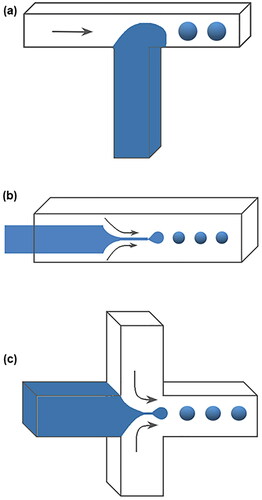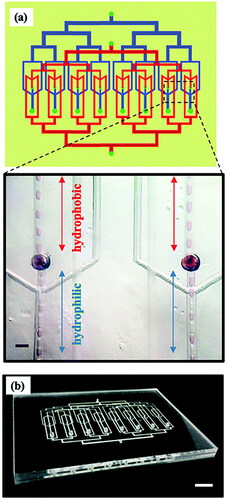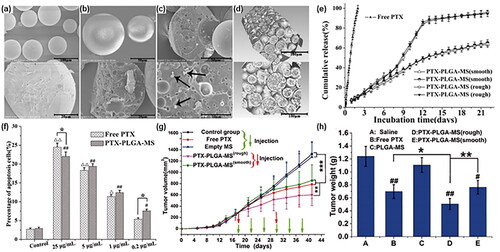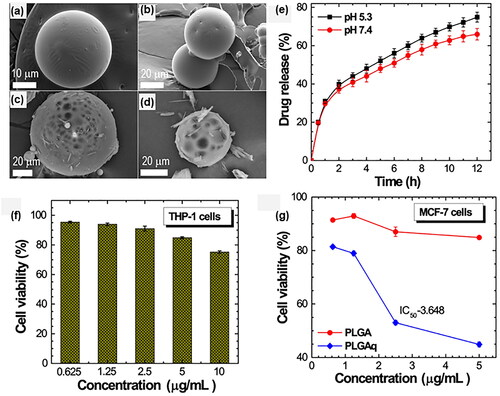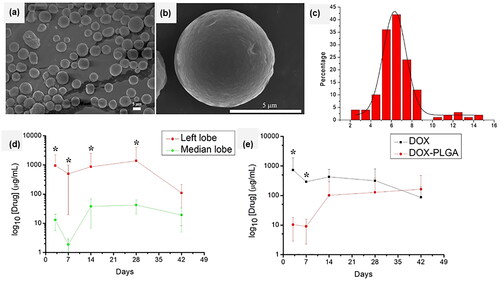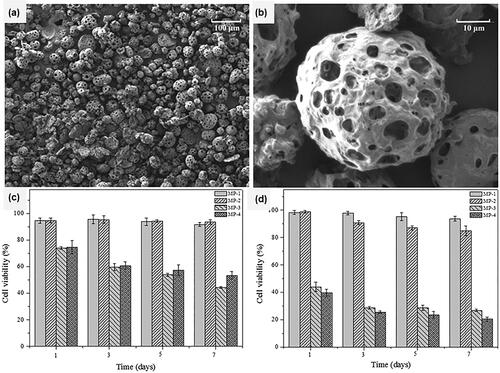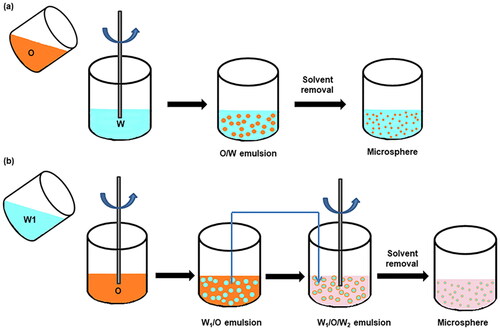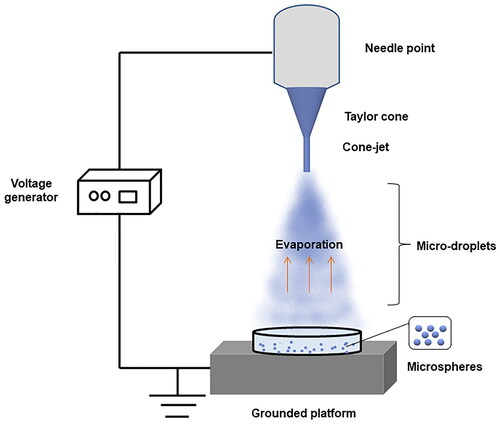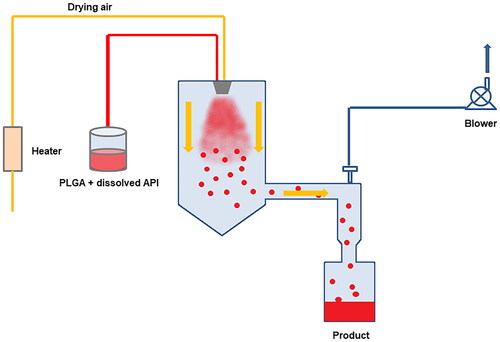Figures & data
Table 1. Effects of PLGA composition on particle size, drug loading, and release profile of microspheres.
Table 2. PLGA-based biodegradable microspheres for cancer drug delivery.
Table 3. PLGA-based biodegradable microspheres for protein or peptide drug delivery.
Table 4. PLGA-based biodegradable microspheres for pulmonary drug delivery.
Table 5. PLGA-based biodegradable microspheres for ocular drug delivery.
